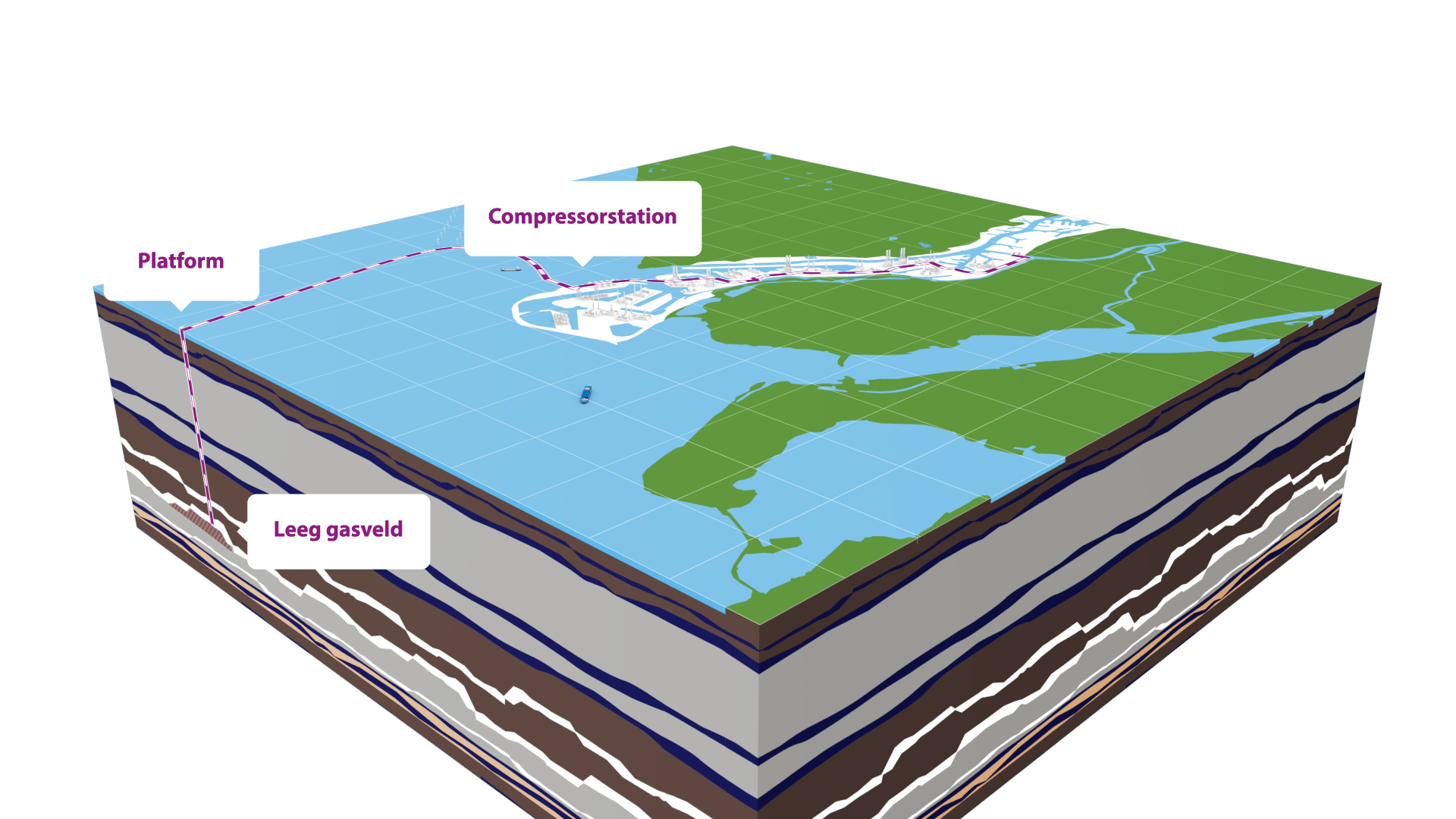CO2 storage in the ground is crucial to achieving the climate goals. Carbon Capture & Storage (CCS) plays a key role in a successful energy transition, as the NGOs Bellona Europa and the Clean Air Task Force (CATF) also confirm.
Together they recently published a factsheet on CCS. In this, Bellona and CATF identify the Porthos CCS project as a key to developing similar projects in the future. With Porthos, heavy industry can store 2.5 megatons of CO2 per year from 2025 in empty gas fields under the North Sea.
CCS crucial for achieving 2030 Climate Goals
Bellona's Ariane Giraneza is clear about the role of CCS in the CO2 reduction targets. If we cannot decarbonise the region Netherlands-Belgium-North Rhein-Westphalia, the European climate goals will not be achieved at all." She said this earlier at a gathering organised by Element NL.
Without CCS projects such as Porthos, the climate goals will be miles out of reach, if not impossible, the fact sheet states. In total, Porthos can store 1.5 percent of all CO2 emissions in the Netherlands. The cabinet also fears that it will not be able to achieve the climate goals without Porthos' CO2 storage, as it turned out during a session at the Council of State on 2 March. Whether Porthos can continue depends in part on the decision of the Council of State on the project.

Porthos and Aramis
Porthos is a collaboration between Port of Rotterdam, Gasunie and EBN. A final decision will be made in 2023 to further invest in the project. In Porthos, Air Liquide, Air Products, ExxonMobil and Shell can store their CO2 emissions from the Rotterdam port area in a number of empty gas fields, about twenty kilometers off the coast.
Shell and TotalEnergies have also started a CCS project with EBN and Gasunie. Under the name of Aramis, a large-scale CO2 transport infrastructure must be set up from the port of Rotterdam to the old gas fields. The industries that capture CO2 and operators that ensure that the CO2 is stored safely can be connected to the system. The intention is to start with the actual storage between this year and 2026.
Neptune Energy investigates CCS in L10 field
Another initiative is Neptune Energy's feasibility study to use the L10 field for CO2 storage via CCS. Rene van der Meer of Neptune Energy: “We are working on an integrated CCS system that we can offer to the major CO2 emitters.” If the project goes ahead, it will be the largest CCS project in the North Sea with 4 to 9 million tons of CO2 storage per year. In this context, Neptune is also working on the CCS project Noordkaap, to realize scalable and cost-effective solutions in the field of CO2 storage.
More and more votes for CCS
The Dutch and European governments also recognize the necessity of using CCS. For example, CCS clearly emerged in the interdepartmental policy research 'IBO Klimaat' as necessary to achieve the climate goals. The latest report of the Intergovernmental Panel on Climate Change (IPCC) of the UN also came to this conclusion. With the support of NGOs, we now have the opportunity to take steps together and achieve the climate goals.
In addition, the EU calls for optimal use of the possibilities of CCS in the member states. They do this by setting very ambitious targets: according to the proposed Net Zero Industry Act, 50 Mton CO2 must be stored annually. Because the Netherlands is currently the largest natural gas producer in the European Union, a large part of this storage will have to take place in Dutch soil.






